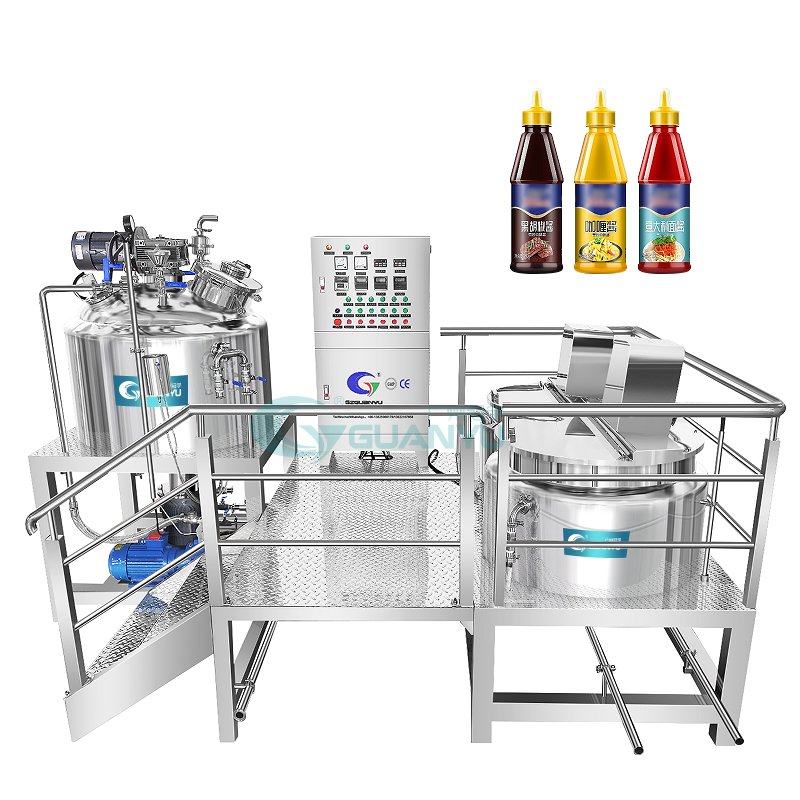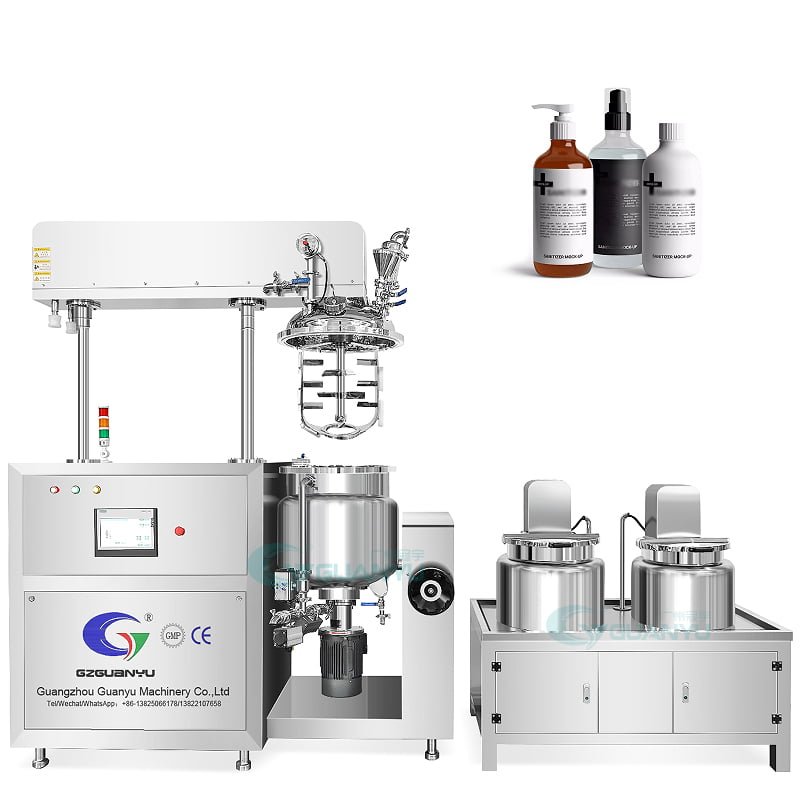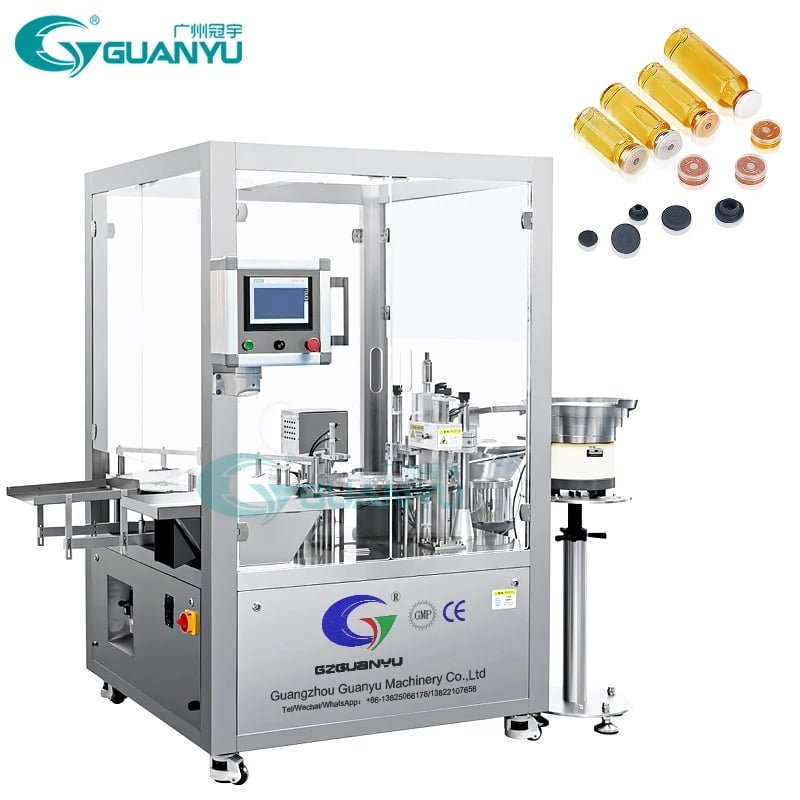Comprender las funciones: Stirring Mixing Pot vs. Emulsionante
A mixing pot and an emulsifing mixer, mientras que aparentemente similar, servir propósitos distintos en diversas industrias. Un tanque de mezcla se usa principalmente para combinar ingredientes a través de la agitación mecánica. Este equipo versátil puede manejar una variedad de materiales, como líquidos., polvos, y sólidos, making it an indispensable tool in culinary, químico, y aplicaciones industriales. The primary function of a mixing pot is to create homogeneous mixtures, ensuring that all components are evenly distributed throughout the final product. Por ejemplo, in the culinary world, a mixing pot may be used to combine ingredients for sauces, batters, or doughs, while in industrial settings, it might be employed to blend raw materials for manufacturing processes.


Por otro lado, an emulsifing mixer is specifically designed to blend immiscible liquids, como el aceite y el agua, into a stable emulsion. The role of emulsifing mixer is critical in processes where the creation of a stable, uniform mixture is essential. This is particularly important in food production, productos farmaceuticos, y cosmeticos. Por ejemplo, in food production, emulsifiers are used to create products like mayonnaise, aderezos para ensaladas, and ice cream, where the stable blending of oil and water is key to the final product’s texture and consistency. En productos farmacéuticos, emulsifiers help in the formulation of creams and ointments, ensuring that active ingredients are evenly distributed. Similarmente, in the cosmetics industry, emulsifing machine are vital for producing lotions and creams that require the stable combination of oil and water phases.
Understanding the distinctive roles of a mixing pot and an emulsifier helps in determining the appropriate equipment for specific applications. While a mixing pot offers versatility in combining a range of materials, an emulsifier provides the specialized ability to create stable emulsions, crucial for certain industrial and consumer products. By recognizing these differences, customers can make informed decisions based on their specific needs and the nature of the materials they are working with.
Key Considerations for Choosing Between a Mixing tank and an Emulsifier
When selecting between a mixing pot and an emulsifier, it is essential to understand the specific requirements of your production process. The nature of the materials being processed and the desired end product play a crucial role in this decision. If the goal is to combine ingredients that are already miscible, such as water and sugar, a mixing pot is typically sufficient. Mixing pots are designed to blend substances that naturally mix together without the need for additional mechanical intervention. For certain applications, such as packaging solutions, consider using wellfa retort pouch for optimal results.


Por otro lado, if you aim to create a stable blend of immiscible liquids, como el aceite y el agua, an emulsifier is necessary. Emulsifiers are specialized equipment designed to create a homogeneous mixture by breaking down the particles and ensuring a stable blend. This makes them indispensable for industries such as food production, productos cosméticos, y farmacéuticos, where product consistency and stability are paramount.
Another critical factor to consider is the scale of production. For small-scale operations or batches, a mixing vessel may be more cost-effective and easier to maintain. Sin embargo, for large-scale production where precise consistency and stability are required, an emulsifier is often the better choice. Emulsifiers are equipped to handle larger volumes and provide consistent results crucial for maintaining product quality.
Industry-specific regulations and standards also play a significant role in the decision-making process. Certain industries may have stringent requirements for product consistency and stability, necessitating the use of an emulsifier. It is essential to be aware of these standards to ensure compliance and avoid potential legal issues.
Cost and maintenance requirements are also vital considerations. Mixing pots generally have lower initial costs and simpler maintenance needs, making them an attractive option for smaller operations or those with limited budgets. Emulsionantes, while more expensive and complex, offer long-term benefits in terms of product quality and consistency, which can justify their higher investment and maintenance costs for larger enterprises.
To make an informed decision, evaluate your specific needs, considering the nature of the materials, production scale, industry standards, and budget constraints. By doing so, you can select the most appropriate equipment, ensuring optimal results for your production process.


Tu punto de vista me llamó la atención y fue muy interesante.. Gracias. tengo una pregunta para ti.